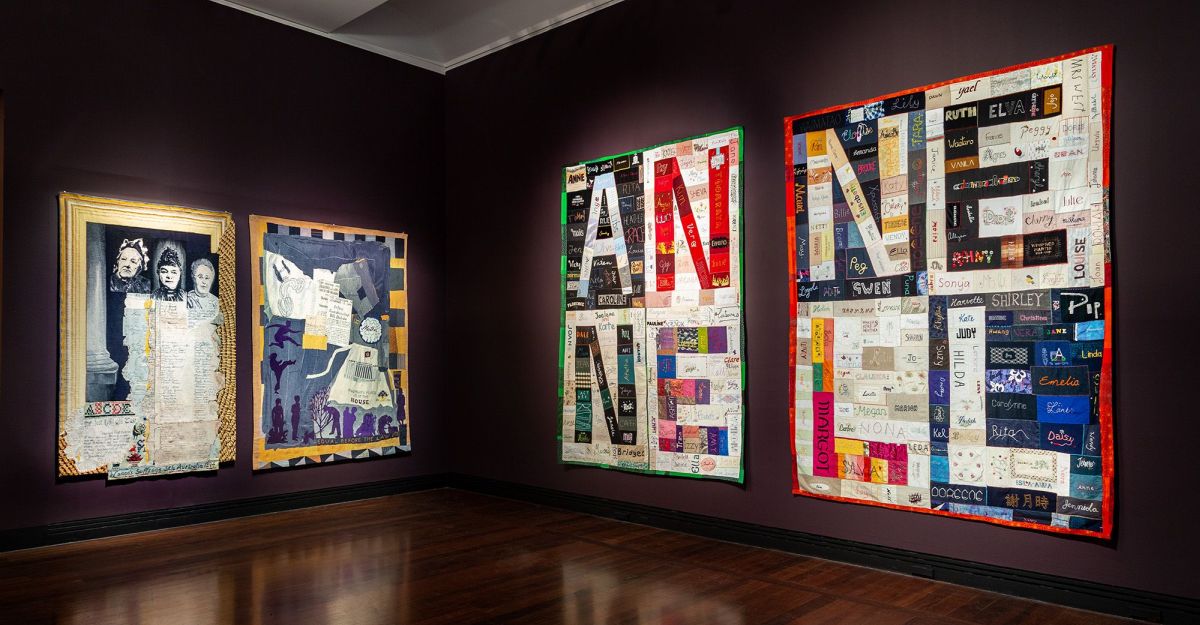‘You shouldn’t take medication because you’re an artist, it’s important that you feel. If Vincent van Gogh had taken medication, we wouldn’t have The Sunflowers’
Due to the extensive list of creative geniuses whose deaths were either caused or speculated to have been caused by the dreaded infection, syphilis acquired twisted positive connotations within European artistic circles during the Victorian era. Through notable figures such as Beethoven, Nietzsche, Flaubert, Goya and Wilde, gradually the belief propagated that the brain lesions one experiences during neurosyphilis – the second dormant phase of the syphilis if left untreated – stimulated fervent artistic inspiration before the illness would ultimately reach its tertiary stage of progressive dementia and paralysis. Despite the agonising death syphilis promised its sufferers at this time, artists themselves romanticised the disease. They likened it – as Deborah Hayden describes in her book Pox – to ‘a kind of Faustian bargain’ that rewarded the endurance of suffering with ‘episodes of creative euphoria, electrified, joyous energy where grandiosity led to new vision.’
It may be difficult for us to comprehend this prizing of creative genius and myth cultivation over personal wellbeing and health, yet a crucial element of the impact that Hannah Gadsby’s Nanette made last year is the harsh light it shone onto the lasting effects of these attitudes on our culture. The late nineteenth-century trend of romanticizing syphilis shares strong parallels with Gadsby’s assessment of the skewed way culture places significantly more value on talent than humanity. Each are a distinct testament to how ridiculous and detrimental it is to condense an artist’s anguish into a consequentialist narrative, where trauma is deemed as ultimately valuable because it produced a work for everyone to admire. Understanding why syphilis once had a positive symbolic-status amongst artists expands upon the historical and cultural context which Gadsby details as she identifies the toxic influences that had prevented her from telling her story up to Nanette.
In the quotation at the top of this article, Gadsby repeats a piece of unsolicited advice she once received from an audience member. At first, the exhortation to for her stop taking her medication is deployed for comical effect, lampooning the romantic trope of the tortured artist. However, the enduring prevalence of these ideas is revealed in the show’s impassioned second-act, where it is shown to have tangible implications in every creative field and influence how an artist’s worth is quantified.
By debunking the framing of Vincent van Gogh’s lifelong struggle with poverty and mental illness, Gadsby leads Nanette into a wider and intensely personal interrogation of the damage that comes with perceiving artists as separate, ‘outside the world’. When Gadsby questions why it is that van Gogh’s artistic fame is so strongly attached to the personal adversity he faced, this is also the first point where her stance begins to visibly correlate with the reputation that syphilis gained during the late nineteenth and early twentieth century. When Gadsby challenges the rationale behind the advice she received by responding ‘2hat do you honestly think mate? That creativity means you must suffer? That’s the burden of creativity? For you to enjoy it?’, her point is reminiscent of syphilis envy because both mentalities place predominant importance on the artwork, or the image cultivated through suffering, rather than fully appreciating the lived trauma behind it.
A key assertion in Nanette is that ‘hindsight is a gift’. Gadsby challenges the audience to learn from the mistakes of the past: in this case, the problematic origins of the idea that creativity has a natural link to suffering. The point Gadsby makes – de-romanticising the most common accounts of van Gogh’s life – that mental illness ‘…is not a ticket to genius. It is a ticket to fucking nowhere’, is a poignant counterpoint to the romanticisation of syphilitic brain damage. Contracting the disease, during the nineteenth century, was a literal death sentence.
In Regarding the Pain of Others, Susan Sontag theorizes that the reason individuals are capable of bearing witness to human suffering through photographs is that ‘so far as we feel sympathy, we feel we are not accomplices to what caused the suffering. Our sympathy proclaims our innocence as well as our impotence’. This point is relevant to Gadsby’s problem with the notion that high art ‘civilizes us’ and ‘makes you a better person’, because when the viewer is able to assume that suffering is a timeless and inherent component of artistic pursuits it does not challenge them to reflect on what was/is broken about the culture which produced it. As Gadsby puts it, ‘you learn from the part of the story you focus on’: by viewing personal suffering in isolation we reduce pain to mimesis and fail to recognise its complexity and its effects.
Gadsby concludes Nanette by returning to van Gogh and the absurd advice she herself received, stating: ‘Do you know why we have The Sunflowers? It’s not because Vincent van Gogh suffered. It’s because he had a brother who loved him.’ This is highly pertinent: while untreated syphilis does cause delusions, its ‘cures’ often had worse side-effects than if it were left untreated, and the diseases was so heavily stigmatised that patients rarely disclosed to their family’s that they had been diagnosed. Once the infection had reached its tertiary stage, sufferers generally spent their few remaining years in a mental institution. Syphilis-envy, then, epitomises Gadsby’s invective against romanticizing mental illness and its effects both on how art and artists are valued and the value they give themselves, negating the harmful myth that the endurance of suffering is somehow ‘the burden of creativity.’
Image: Seward Johnson, Inside Van Gogh’s Bedroom at Arles, Flickr






